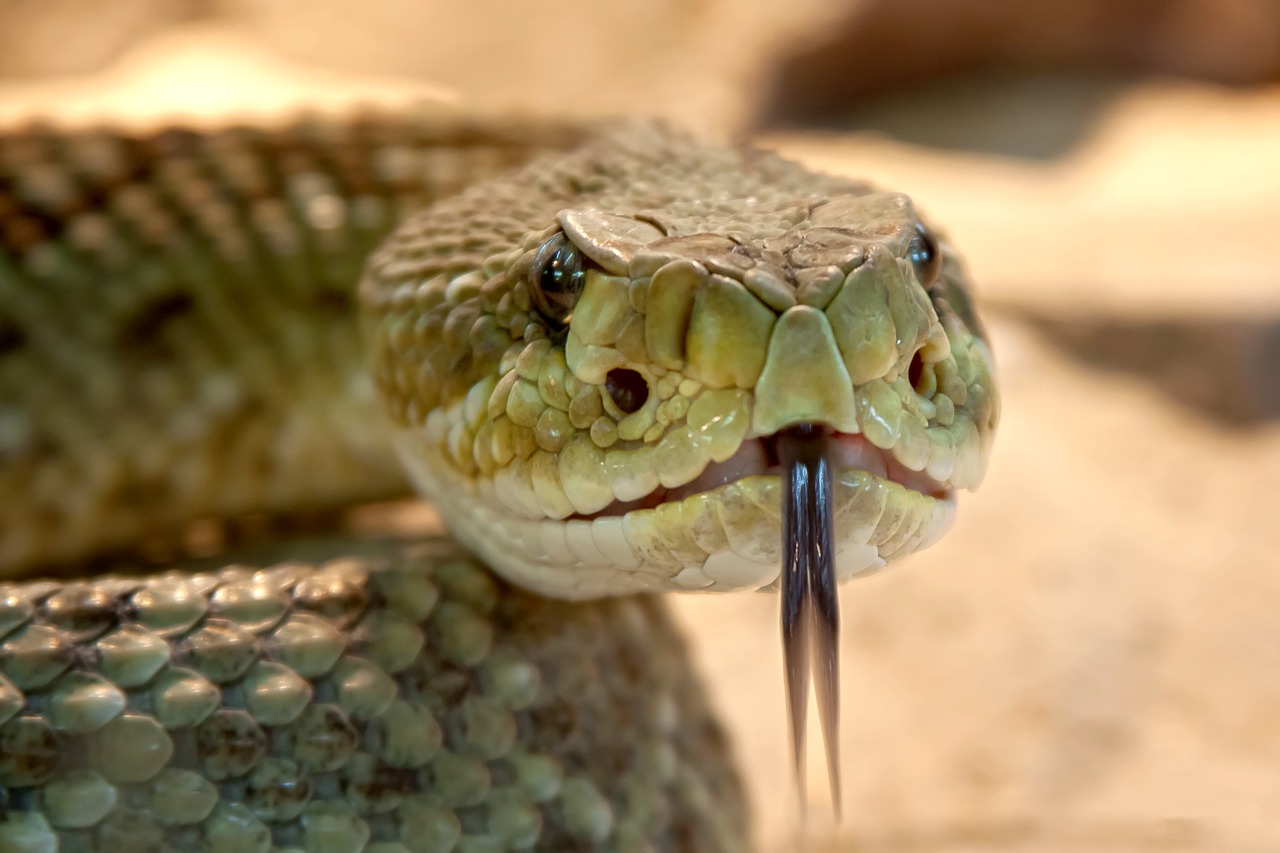Snakes are definitely not the friendliest of creatures for human beings, but many of us can handle ourselves with the general fear of snakes. However, those who are ophidiophobic have intense and persistent fear of snakes, unlike the normal dread against these creepy reptiles. Even a mere thought or seeing a picture of snakes can trigger a panic attack in a person having Ophidiophobia.
Ophidiophobia comes from Greek word “ophis” which means serpent. It is signified by persistent and excessive fear provoked by an encounter or anticipation to encounter snakes. Almost all the times, the fear is irrelevant, or possesses no risk of snakes at all in reality.

How Common is Ophidiophobia?
Ophidiophobia is the second most common phobias present in the world. Studies show that about 10 percent of the world population has Ophidiophobia. It can occur to anyone regardless of age, sex or any other personal attributes. However, there are great chances of developing ophidiophobia if a person has experienced any dreadful situation involving snakes in childhood. Most people having ophidiophobia may not have much disturbance in life as snakes are not popular in households. However, if someone is living near forests and woods, it might be a serious problem.
What Causes Ophidiophobia?
Some factors known to have developed ophidiophobia in people are:
Evolutionary and genetic factors
Evolutionary psychologists trace the development of ophidiophobia to the human evolution and early civilizations. It’s believed that the fear can be a byproduct of a survival technique used by our forefathers back then. Possibly, snakes must have possessed a huge danger to human survival in the early time period.
As generations passed, the trait including the natural fear of snakes has been inherited by people. In fact, if you have had ophidiophobia previously in your family history, then there are more chances of you inheriting this fear. This can be a major cause of ophidiophobia to be so much common in people.
Traumatic situation involving snakes
Any previous experience involving snakes such as snake bites or a hiss from snake, that was traumatic and upsetting, can also make a person ophidiophobic. It can also be an outcome of witnessing someone else facing a dreadful situation with snakes. The various TV and internet flicks showing snakes and dangers related to snakes can also be another cause of ophidiophobia.
Cultural factors
Snakes have always been associated with bad omen and death. In Bible, snake has been portrayed as evil and distrustful. Such negative beliefs may also magnify the natural fear in some people, and cause ophidiophobia.
What are the Symptoms of Ophidiophobia?
Ophidiophobia can occur either mildly or else severely. If you have mild ophidiophobia, then you experience extreme fear only when you actually witness large and poisonous snakes. If it’s a severe case then even small and tame snakes can cause the anxiety to occur intensely. Common symptoms that can occur to both children and adults having ophidiophobia are
- Intense and persistent fear generated by the real encounter or just an anticipation of encountering a snake ( Even a thought or picture of snake can trigger the fear)
- Screaming and crying when confronted with snake, or a picture of snake
- Complete avoidance of places where snakes might be seen such as zoo
- Complete avoidance of activities such as hiking, camping or swimming in lakes due to the fear to find snakes
- Panic attacks when confronted with anything associated with snakes
- Physical signs such as trembling, sweating and clammy hands, dry mouth, numbness in limbs, difficulty in breathing, dizziness or fainting, racing heartbeat and chest pain, abdominal uneasiness and muscle tension
When to visit a doctor?
It’s normal for anyone to be fearful and nervous about seeing or encountering a snake. However, if the fear is over the scale and has visibly affected your normal life, you need to consult a doctor. If the above symptoms have been recurring for more than six months and interfered your everyday chores, you need to get treatment from an expert mental health professional.
How is Ophidiophobia treated?
A combination of different therapies and medicines can help to control the symptoms in severe cases. Ophidiophobia have been treated successfully in majority cases using these following treatment methods.
System Desensitization
This is one of the effective therapies used to being the symptoms in control. The therapist would study the level of fear in the person by making him confront a toy snake, a real snake or pictures and images of snakes in a safe environment. The therapy revolves around desensitizing or weakening the fear by regular exposure to the fearful subject.
Alongside this, the therapist also can teach different relaxation ways such as breathing exercises, mental visualization exercise and meditation to the person. The person needs to use these relaxation techniques when exposed to the fearful subject, and bring the fear in control. Sometimes, the therapist also can use hypnosis to assist the relaxation.
Cognitive Behavioral Therapy (CBT)
CBT is another therapy used in the treatment process of ophidiophobia. The therapist is focused on changing the negative thoughts involving the fear with snakes, and replacing them with positive ones. The therapy consists of one to one counseling sessions with the therapist where the person talks and shares about the fear and everything associated with it. The therapist gives counseling and awareness about snakes, and tries modifying the fearful behavior by removing all the false beliefs of snakes.
Medications
In severe cases, anti-anxiety and anti-depressant medications are used to bring the symptoms in control. The medicines may not be used for a prolonged time. However, it depends on the severity of the phobia.